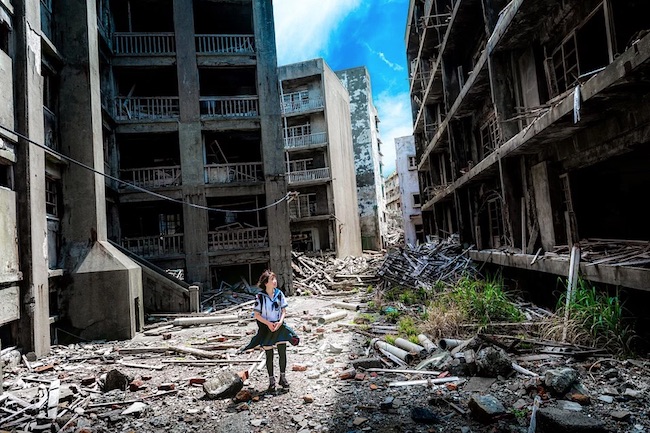Making your escape: 5 Factors to consider when developing an emergency bug-out plan by Virgilio Marin for BugOut
When disaster hits, you will find yourself constantly moving from one place to another. Even if you decide to bug in, your supplies can only last for so long. Therefore, it’s important to know how to travel safely in a world where the rule of law no longer applies. Here are five factors worth considering when planning your escape. (h/t to Survivopedia.com)
Best routes and modes of transport
Major cities and highways should be avoided as they attract a lot of people. It’s easy to get jammed in traffic and you have to stop at a lot of checkpoints. That said, if you’re coming from heavily populated areas, you might find yourself in situations that force you to abandon your escape car. Walking can slow you down, especially as you’re carrying your bug-out bag. Therefore, you need to prepare a back-up vehicle that can cover greater distances.
Many preppers recommend having a bicycle or a motorized bicycle, which you can hitch to your main car together with the rest of your supplies. Alternatively, you can hide it somewhere along your escape route.
When to travel
When traveling, you’ll want to remain invisible, but staying outdoors in the daytime will not help you achieve that. A lot of people go out during the day, so it’s easy to get caught up in a scuffle. You’re also seen more easily at longer distances.
Traveling at night is your best option, but keep in mind that this has perils too. Looting usually happens during this time while the darkness can impair your vision and speed. However, you can minimize the risks by properly planning your trip. Know the best routes and survey them for potential hazards.
Once you’re done prepping, remember that the best time to travel is when most people are deep in slumber, so that’s between 1 a.m. to 6 a.m.




